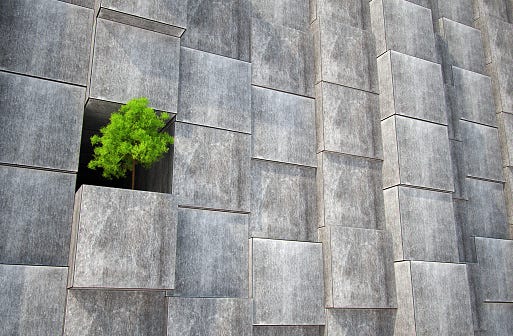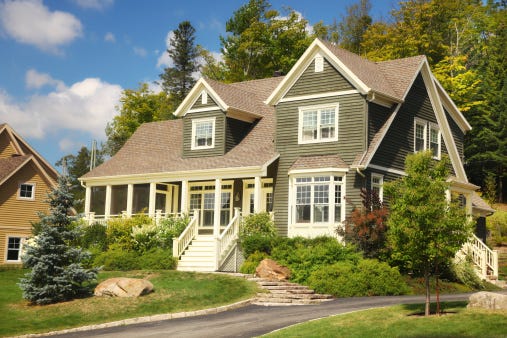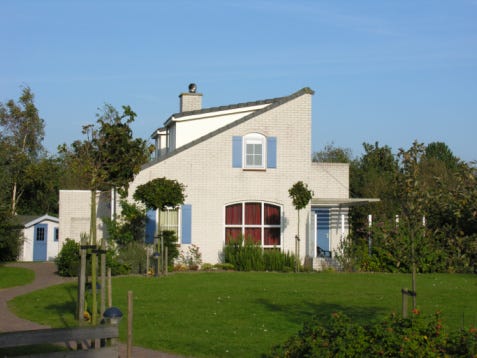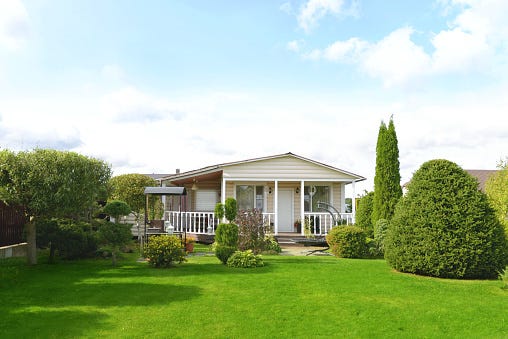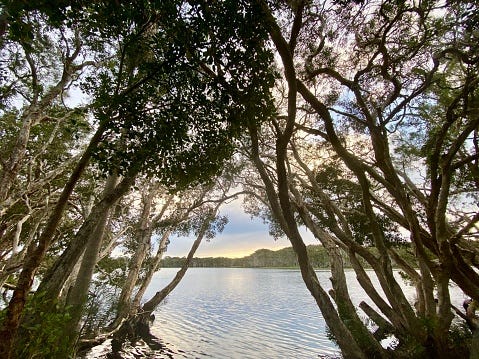Koalas are one of the most popular animals in the world. They are also one unique creature found only in Australia. Koalas are not bears, despite their appearance. They are marsupials, which means they carry their young in a pouch.
Sadly, koalas are now considered “functionally extinct” due to the destruction of their habitat and loss of food sources. However, there is still hope for these adorable creatures.
One way we can help is by planting trees that provide food and shelter for koalas. In this blog post, we will discuss the best trees for koalas that you can plant in your garden.
What are Koalas?
Native to Australia, Koalas are one of the world’s cutest and most recognizable animals. These furry marsupials are often found in trees, which is why many people wonder what the best trees for koalas are. While there are over 700 species of eucalyptus trees, koalas only eat around 50 of them.
The leaves of these specific trees are high in nutrients that help the koalas stay healthy. If you’re looking to plant a tree that will attract koalas to your garden,

Here Are Some Of The Best Options:
1. Blue Gum Eucalyptus, 2. Swamp Mahogany, 3. Grey Gum, 4. Red Gum, 5. Yellow Box
Blue Gum Eucalyptus is one of the most popular garden plant choices because it’s easy to grow and maintain. It’s also a preferred food source for koalas, so you’ll likely see them munching on the leaves if you have this tree in your yard!
Swamp Mahogany is another excellent option for those who want to attract koalas, as its leaves are also rich in nutrients that these animals need. Grey Gum and Red Gum are two other species of eucalyptus trees that are favored by koalas, while Yellow Box is a good choice if you’re looking for a tree that will provide
The three best trees for Koalas:
When it comes to finding the best trees for koalas, there are a few things you need to consider. The first is the type of tree, as not all trees are suitable for koalas.
The second is the tree’s location, as koalas need access to food and water sources. And finally, you need to consider the size of the tree, as koalas need plenty of space to climb and move around.
1. Eucalyptus Trees:
Eucalyptus trees are some of the most popular trees for koalas. They provide plenty of food and shelter and are relatively easy to find. There are over 700 species of eucalyptus trees, so you should be able to find one suitable for your garden.
2. Acacia Trees:
Acacia trees are another excellent option for koalas. They’re native to Australia, so they’re well-suited to the climate and provide a good source of food and shelter. There are over 1,000 species of the acacia tree, so you’re sure to find one that’s right for your garden.
3. Gum Trees:
Gum trees are an excellent choice for Koalas as they offer food and shelter. Gum trees can be found in most parts of Australia, so
Planting and caring for your Koala tree
Planting and caring for your Koala tree is simple and easy, provided you follow a few basic guidelines. Here are some tips to get you started:
Choose a location for your tree with plenty of sunlight and well-drained soil.
Dig twice as wide as the tree’s root ball and just as deep.
Gently remove the tree from its container and place it in the hole. Backfill with soil, being careful not to compact it too much.
Water deeply immediately after planting and keep the soil moist (but not soggy) during the first growing season. Once established, your Koala tree will be pretty drought-tolerant.
You can enjoy watching your Koala tree thrive for many years with just a little care!
Conclusion:
Planting trees is an excellent option if you’re looking for a way to help koalas. Koalas love many different types of trees, so that you can choose the best ones for your garden.
We hope our guide has helped you learn more about the best trees for koalas and how you can help these adorable animals.
